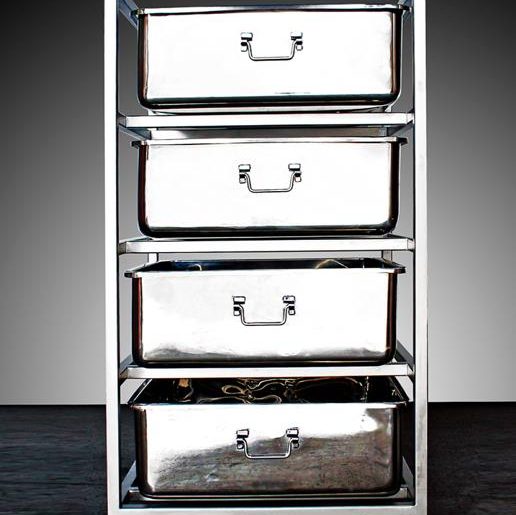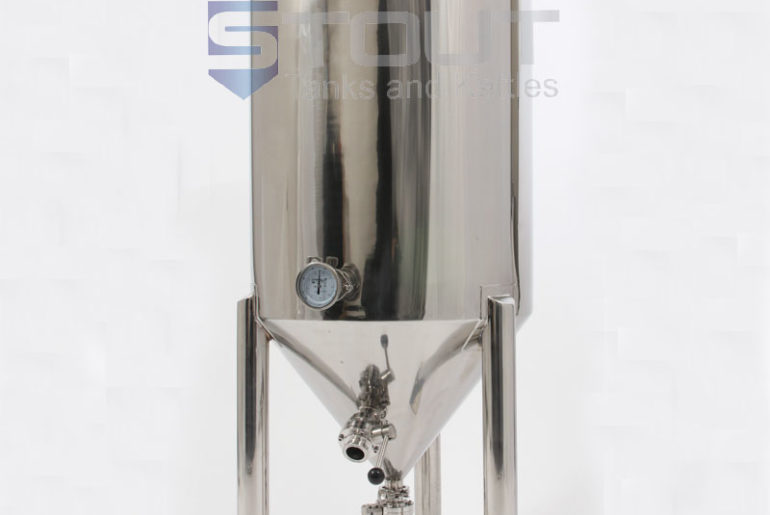
Yeast requires an initial burst of oxygen to metabolize the sugars with a form of respiration, but the bulk of the work that yeast does is in fermentation, which does not require oxygen. In fact, when brewing beer with yeast, many brewers take steps to actively limit the amount of oxygen in the beer to reduce oxidation of volatile flavor compounds.
Yeast are quite happy to survive in an environment with all Carbon Dioxide (CO2) and no oxygen (O2). During the most active phase of fermentation, yeast produces enough carbon dioxide to displace all of the oxygen in their fermentation vessel. Beer brewers use conical fermenters to blow off all the excess oxygen out of airlocks in the top of closed fermenter. Cones at the bottom allow brewers to harvest the yeast and used it again, brew after brew.
WHAT IS LARGELY UNNECESSARY IN BEER AND UNDESIRABLE IN WINE, IS ABSOLUTELY ESSENTIAL IN KOMBUCHA.
Wine makers need to control oxygen very tightly to avoid the three ways that oxygen can ruin wine:
When oxygen is present, it will chemically bond with certain polyphenols in the wine. Enzymes also use oxidation to break down complicated flavor compounds in wine. Certain strains of bacteria found in wine will also turn wine into vinegar. Similar strains of bacteria are present in kombucha. These bacteria need oxygen to convert the ethanol (alcohol) in kombucha to acetic acid, which is responsible for that wonderful tart flavor in kombucha.
FERMENTATION VESSELS FOR KOMBUCHA SYMBIOSIS
Some of our kombucha fermentation tanks have aeration stones built in. These stones were originally invented to carbonate beer by infusing carbon dioxide into the tank under pressure. We’ve found the aeration stones to be a good way to dissolve oxygen directly into your kombucha, right where the bacteria need it.
At Stout Tanks and Kettles, we are working on developing the best fermentation vessels for the symbiosis of the yeast and bacteria, including providing the oxygen that bacteria need. Many kombucha brewers prefer open top fermenters so that the oxygen can directly dissolve into the surface of the kombucha. Surface O2 can really enhance bacterial activity. One of the downsides of open top fermenters is flying insects. Nobody wants flies or gnats in their kombucha, so we are developing ways to provide surface oxygen without giving flying bugs free access to your kombucha. Many brewers will use cheesecloth to keep insects out, but cheesecloth is not usually fine enough to keep all of the bugs out.
One important consideration for many kombucha Brewers is the ratio of surface area to volume in the tank. Without aeration, all the oxygen in the kombucha has to enter from the surface of the kombucha. We can custom design a fermenter for you in whatever shape you want to optimize the surface area to the volume of your fermenter.
To get started, take a look at some of our stainless steel kombucha fermenters and feel free to contact us directly with any questions about our kombucha brewing systems.
Cheers!



